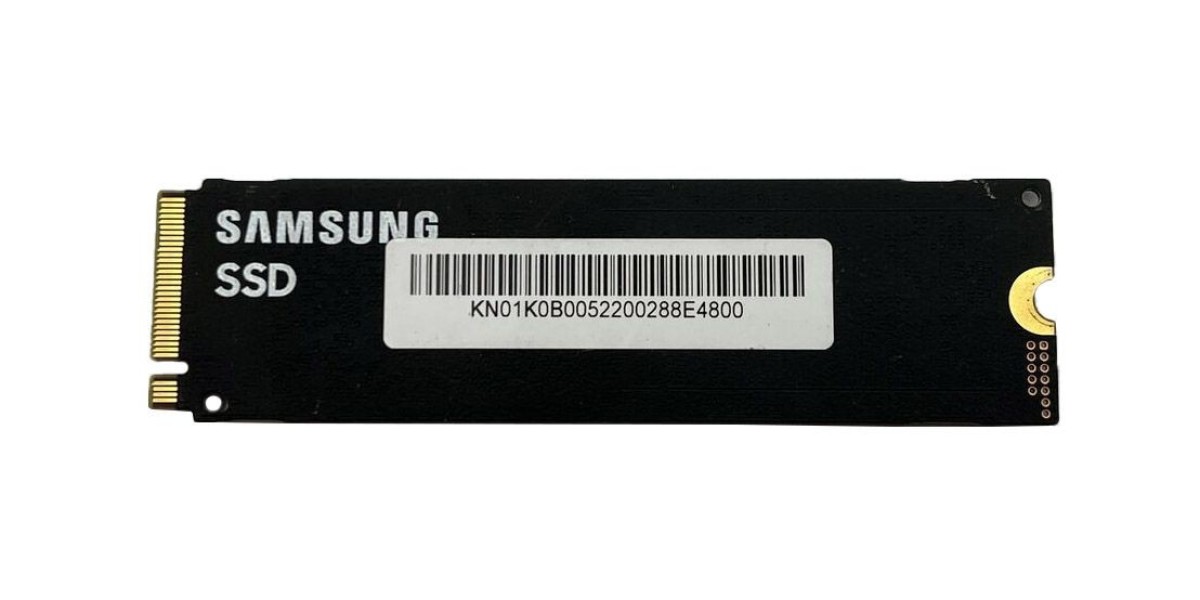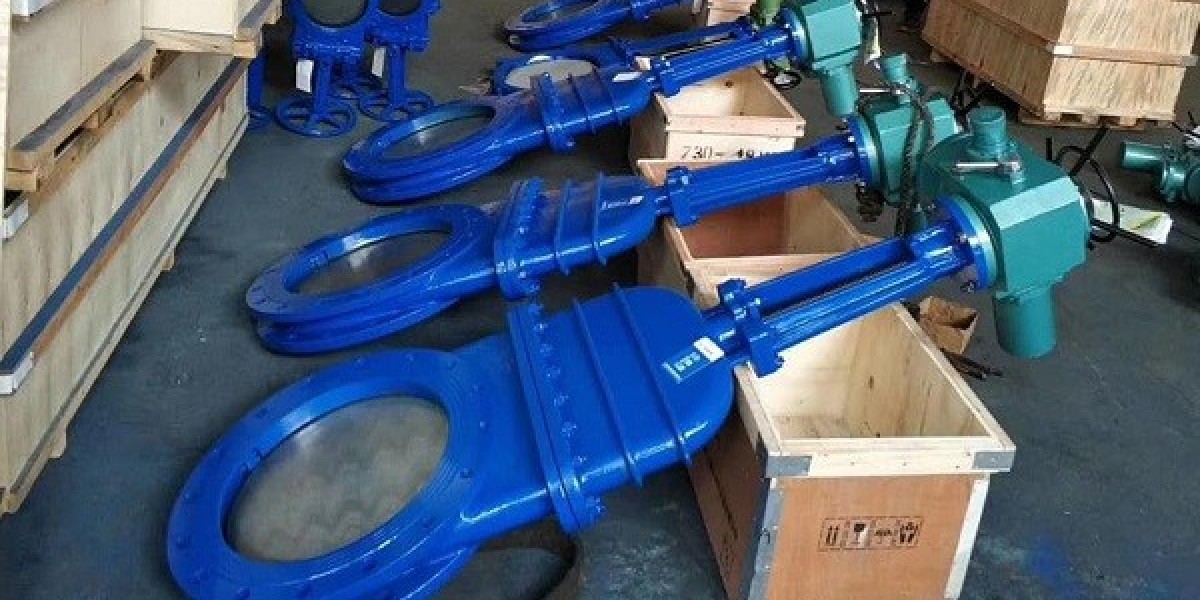In the realm of computing, pc ram is a critical component that determines the speed and performance of your PC. It acts as the temporary storage space for data and instructions that your computer needs to access quickly. Without sufficient RAM, even the most powerful processors can be bottlenecked, resulting in slow performance and lagging applications.
In this blog post, we will dive deep into what PC RAM is, how it works, its different types, and how much RAM you really need.
What is PC RAM?
PC RAM, or Random Access Memory, is the short-term memory of your computer. Unlike a hard drive or SSD, which stores data permanently, RAM temporarily holds the data your PC is actively using. When you open a program, load a game, or run any application, that data is transferred into RAM so that it can be accessed faster.
The term "random access" refers to the ability of the memory to access any piece of data directly, instead of having to go through a sequence to find it. This enables much quicker data retrieval compared to storage devices like hard drives.
How Does PC RAM Work?
RAM is a volatile memory, meaning it only stores data while the computer is on. Once the computer shuts down, all data in RAM is lost. When you turn on your PC, the operating system loads into the RAM so it can be quickly accessed by the CPU. Any time you open an application, the system loads the data required for it to run into RAM.
The more RAM your PC has, the more data and programs it can hold in its active memory. This helps improve multitasking by allowing multiple applications to run smoothly without constantly relying on slower storage devices.
Types of PC RAM
Over the years, RAM technology has evolved, and today there are several types of RAM that you’ll encounter when building or upgrading a PC:
DDR (Double Data Rate): DDR RAM is the standard memory type found in modern PCs. It has evolved through several generations, including DDR, DDR2, DDR3, DDR4, and the latest DDR5.
SDRAM (Synchronous Dynamic RAM): This type of RAM synchronizes with the CPU clock speed, allowing for faster data retrieval.
ECC (Error-Correcting Code) RAM: Used mainly in servers, ECC RAM has an additional feature that checks for and corrects errors, providing more reliable performance for critical systems.
LPDDR (Low Power DDR): Typically used in laptops and mobile devices, LPDDR is optimized for lower power consumption.
How Much RAM Do You Need?
The amount of RAM you need depends on what you use your PC for. Here’s a general guideline:
4GB: Suitable for basic tasks like web browsing, email, and light productivity work. However, 4GB is considered the bare minimum for modern computing.
8GB: This is the sweet spot for most users. It’s enough for everyday computing, running multiple programs, and even light gaming.
16GB: Ideal for gamers, content creators, and anyone who runs resource-heavy applications like video editing software or virtual machines.
32GB or more: For professionals working with large datasets, complex applications, or serious gaming rigs, 32GB provides a buffer for future-proofing and intense multitasking.
RAM Speed: Does It Matter?
RAM isn’t just about capacity. RAM speed, measured in MHz, also plays a role in overall performance. Higher speed RAM can transfer data to the CPU more quickly, which is particularly important for tasks like gaming, rendering, and editing. However, for casual users, the difference between lower and higher-speed RAM might not be noticeable.
RAM and Multitasking
One of the primary benefits of having more RAM is improved multitasking. With limited RAM, your computer has to frequently swap data between the hard drive and RAM, slowing down performance. More RAM means more room for your applications to run simultaneously without bogging down the system.
For example, if you're editing a video while browsing the web and listening to music, each task occupies a portion of the RAM. With sufficient RAM, all these tasks will run smoothly without causing any noticeable slowdowns.
Upgrading RAM: Is It Worth It?
Upgrading your PC’s RAM is one of the easiest and most cost-effective ways to boost its performance. If you notice your computer slowing down when running multiple programs or struggling with newer software, adding more RAM can make a significant difference.
Before upgrading, make sure to check your PC’s motherboard specifications for the maximum supported RAM and compatible types. For example, DDR4 RAM won’t work on a motherboard designed for DDR3, and exceeding the motherboard’s RAM limit won’t yield any benefits.
Conclusion
In summary, PC RAM is an essential component that directly influences your computer’s speed and performance. From basic multitasking to handling resource-heavy applications, the amount and type of RAM you choose plays a key role in ensuring your system runs smoothly. Whether you're building a new computer or upgrading an existing one, choosing the right RAM for your needs can lead to a noticeable improvement in your overall computing experience.









